0 Comments
Midwife Problems, and Solutions, part 4This is part four of a series on midwifery in Sweden and the United States. To read part one click here, part two click here, part three click here.
Midwife Problems, and Solutions, Part 3This is part three of a series on midwifery in Sweden and the United States. To read part one, click here, to read part two, click here.
And during all this uncertainty, Johan van Hoorn was hoping someone would listen to him and his talk of jordegumman. Van Hoorn had studied medicine in the Netherlands and Paris, and had returned to Sweden to practice medicine and ended up spreading his gospel of training the midwife.
In Old English, midwife means with-woman, in Swedish jordemor (the jord comes from the Old Norse word for child or offspring) and barnmorska both mean child-mother. In Sweden at the end of the 1600s, most were untrained women known as jordegummor. Van Hoorn wanted to elevate their status, he wanted to make them barnmorskor. First, he put out the textbook called Then Swenske wäl-öfwade Jord-Gumman in 1697. In 1715, he published The Twenne Gudfruchtige I sitt kall trogne Och therföre af Gudi väl belönte Jordegummor Siphra och Pua, a textbook of questions and answers for midwives. Midwife Problems, and Solutions, Part 2This is part 2 of a series on the history of midwifery in the U.S. and Sweden. Click here to read part 1.
In Baltimore city, over 150 midwives delivered over 4,000 babies a year, and in every city and town in the U.S., you could find a woman delivering a baby, calling herself a midwife. But just like there were no regulations for doctors, there were no regulations for midwives. Why didn't the U.S. regulate the medical profession? And what did that mean for the health and safety of babies and mothers?
(Hey! I'm trying something new here, with a series of short, interconnected posts based on research and archives I visited in the fall of 2015, relating to Swedish midwifery and comparing it to the U.S. Let me know what you think in the contact section.) Hanna Karlen arrived in Boston on October 11, 1901 with four pieces of luggage. She was 36, traveling alone. On the ship's manifest, Karlen called herself a nurse, a statement that wasn't totally accurate.
With candles in her hair, dressed in white with a bright red sash, Lucia comes to bring warmth, light, and goodies in the dark Swedish winter.
Read my new article on OZY.com about the Laserman, the Swedish serial killer.
Wait, what? Easter? Witches?If that was your reaction, you are not Swedish, sorry! But you might have already known that. If you are Swedish, you know that during the week leading up to Easter, it's common for boys and girls to dress up like Easter Witches.
So what the heck do witches have to do with the crucifixion and resurrection of Jesus? I asked myself that this morning and found a pretty good explanation from Nordiska Museet/ the Nordic Museum in Stockholm.
Let's taste test this stuff.(For background on the cookbooks I used, visit part 1 of this post.)
The last post was about those Victorian cookbooks, and this one is about becoming a history eater in just a tiny way and testing some of those recipes. (But warning, I'm not a food blogger... don't let anyone every tell you that's easy....)
In Sweden, Christmas comes a night early, celebrated on Julafton (Christmas Eve), with many old traditions.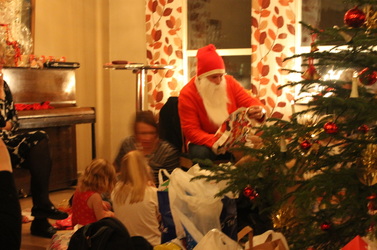 My personal theory is that Sweden is closer to the North Pole, so it's time-economical for Santa to stop by early. And in fact, he does come in person. A little rat-tat-tat on the door and a jolly voice asks, "Are there any nice children here?" That Santa, Tomten, comes directly from the American concept of Santa Claus. But there are also tomtar, little gnomes/ mini Santas that visit on Christmas. |
Come in, the stacks are open.Away from prying eyes, damaging light, and pilfering hands, the most special collections are kept in closed stacks. You need an appointment to view the objects, letters, and books that open a door to the past. Archives
April 2023
Categories
All
|
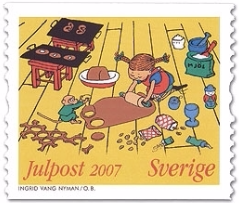
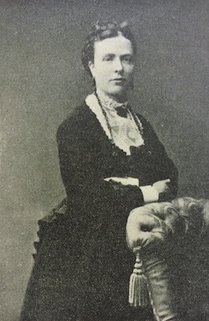
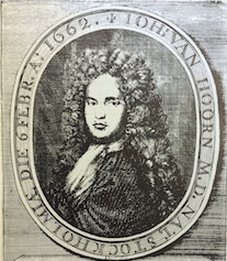
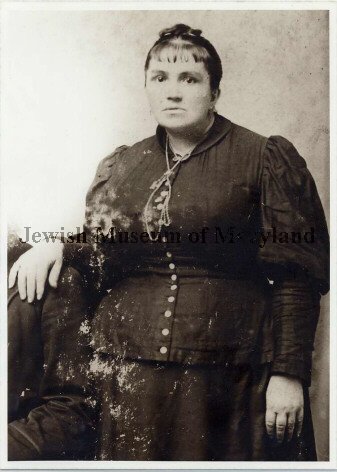
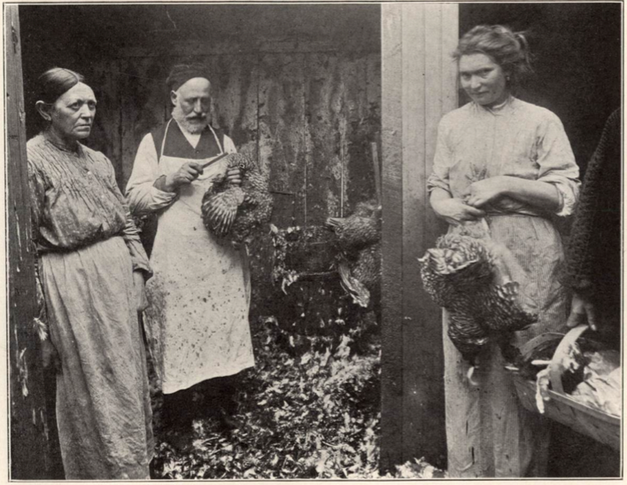
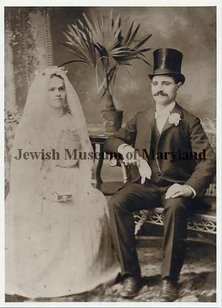
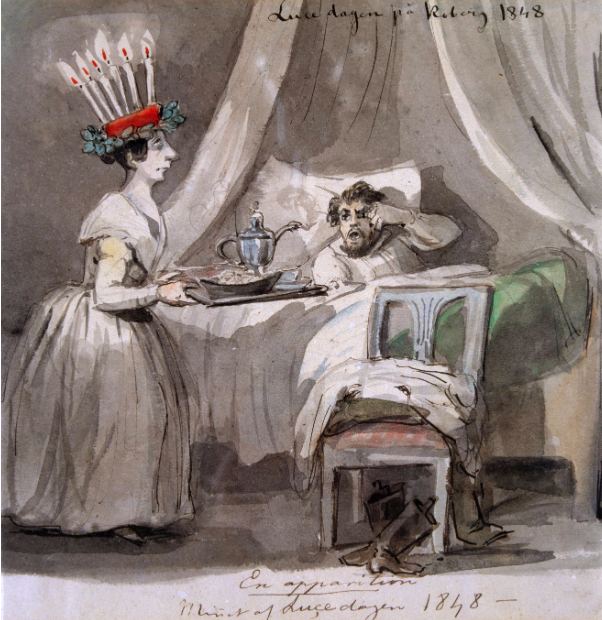
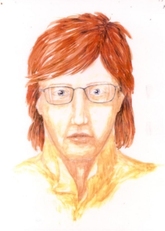
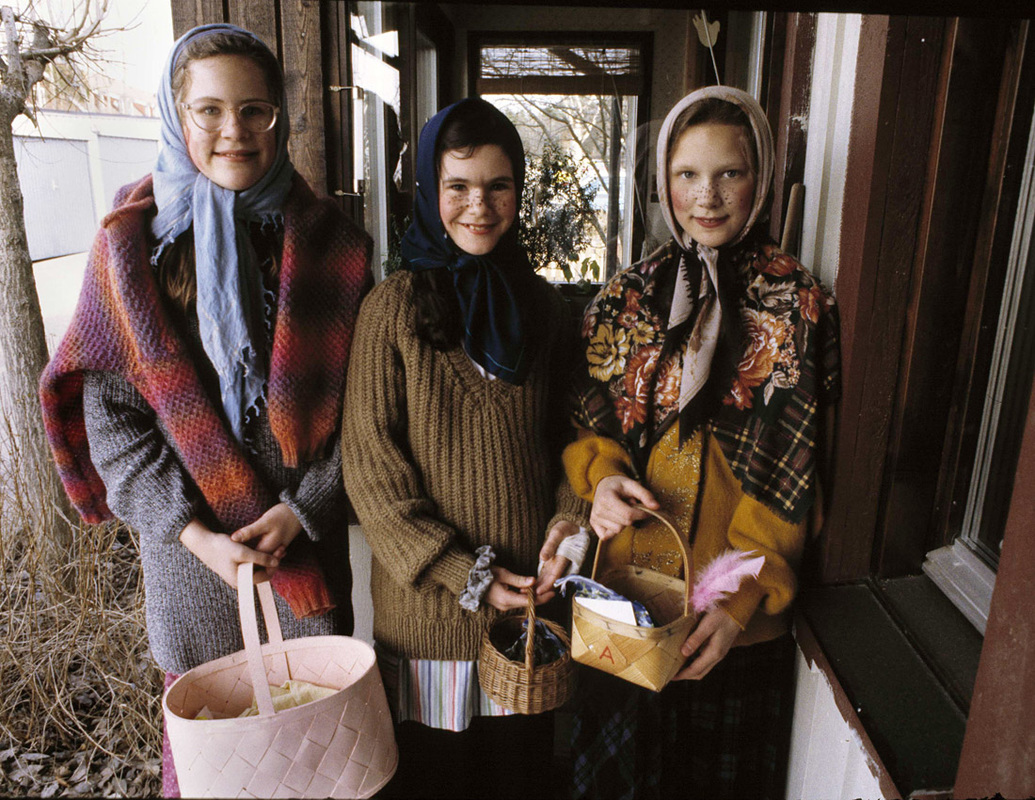
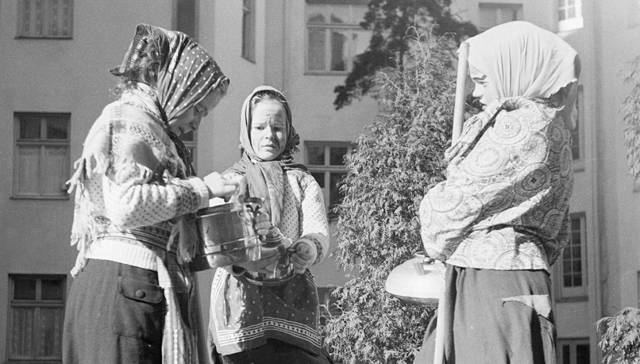
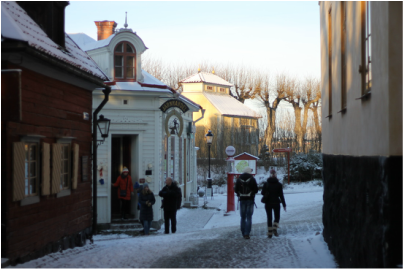

 RSS Feed
RSS Feed